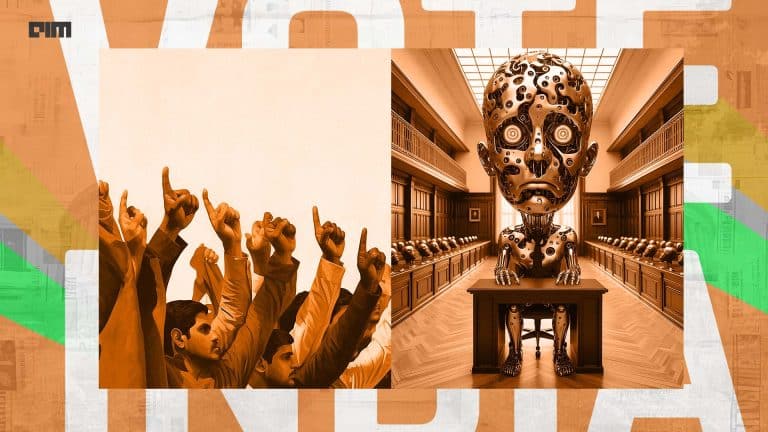|
Listen to this story
|
For any democracy to survive, an engaged citizenry is a must and social media provides that platform for active engagement. Social media enables governments to interact with its citizens in a more customized way. Such a tool can be a potent game changer in governance. This article explores how social media can be used as an ultimate tool for governance, what are the grey areas in its wide-scale implementation and what should be done to overcome them.
How has social media been used as a helpline in the past?
On May 30, 2015 (at 9.48 am), Neha Parikh, an analyst working in a credit rating agency, asked then External Affairs Minister (EAM), Sushma Swaraj, to get her parents out of Turkey as her mother had misplaced her passport while returning home from their trip to Europe. The office of the EAM responded the same day (at 6.15 pm)—“Indian Embassy in Turkey has given Emergency travel documents to your parents, and they are flying back tonight .@nepratik”.
This is what social media governance looks like!
Various ministries, government offices and even the department of police are responding to the grievances of the citizens raised via social media platforms such as Twitter and Facebook. Even during the first and the second wave of Covid-19 in India, social media governance was used extensively. Various governments intervened and reached out to their citizens who sent an SoS during the migration and food crisis. During Covid-19, the central government of India had teamed up with Twitter to launch various relief services. During Covid times, people have also reached out to the central and state governments for various topics ranging from cleanliness and education to health—daily through social media. But, it is also worthwhile to note that social media is not the only tool for public redressal.
Leveraging technology to address public grievances
The usage of social media for public redressal is not a new concept. In 2003, under the leadership of the then Chief Minister, Narendra Modi, Gujarat was the first State in India to launch a combination of digital and communication technology in the form of a programme called ‘SWAGAT’ (State-Wide Attention on Grievances by Application of Technology). In 2007, the Department of Administrative Reforms & Public Grievances launched the ‘Centralised Public Grievance Redress and Monitoring System’ (CPGRAMS). The citizens can lodge their grievances to the public authorities on any subject related to service delivery through the CPGRAMS. Through the Public Grievance (PG) portal, one can file their grievance online with the Central Government Ministries, Departments and other entities. Currently, the government officials are mandated to resolve queries through the PG portal whereas the queries resolved through social media platforms are carried out in good faith. There is no legal backing to resolve queries raised on social media handles. It would be interesting to see if queries raised on social media platforms can be channelled towards the PG portal through tech integration. This remains a grey area.
10 minute delivery of government services?
Going through the PG portal may be a cumbersome process for some. By effectively leveraging social media tools, the access and discovery of the process can be greatly enhanced. People are habituated to use social media on a day-to-day basis. The only equipment required is smartphones and the internet. Hence, such a model becomes easy and cost-effective. It is also in line with the “Minimum Government, Maximum Governance” principle. Since social media platforms are open platforms, they are transparent, there is less scope for corruption, and the timelines for grievance redressal can be monitored. The focus on the digital workforce by training and bringing in new blood who are tech-savvy in government can facilitate this process. As a responsible citizen, you will not have to wonder how to reach out to the Municipal Corporation to report about a pothole.
The flip side of social media
However, as per the National Family Health Survey of 2019–20, over 60 per cent of women in 12 states and union territories have never used the internet. In addition, people on social media are exposed to nuances and threats such as trolling, cyber-stalking, identity theft, bad bots, and more, which could deter some from reporting concerns. On the government side, there needs to be a framework that enables organisations to seamlessly leverage this medium.
Social media: Not a cure in itself but an aid to governmental efforts
Social media helps enhance C-governance (Citizen-led governance). Social Media is a smoking gun provided in the hands of the citizens and hence checks and balances need to be established to deal with them. If not, citizens could misuse it left, right and center—“I am stuck in Bengaluru traffic, kindly help”, “My flight is late, get me a refund” and so on. The entire dealing of grievances through social media needs to be brought under a framework—what categories can be aired through social media? What would be the format for uploading the grievance? How could the citizens be prevented from posting about random things? Timelines to close a query? What could be the potential penalties for citizens misusing the platform? Would it be chargeable or free of cost? These are some of the areas where a policy framework needs to be developed. If not used strategically, this could open the pandora’s box.
Above mentioned views are of Anurag Wasnik and do not represent the views of NITI Aayog or any government body.







































































































